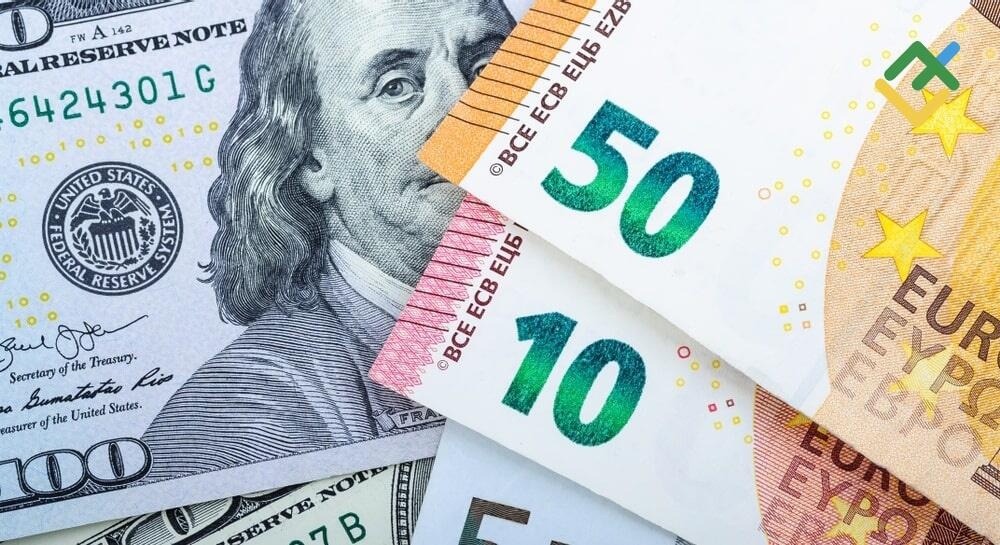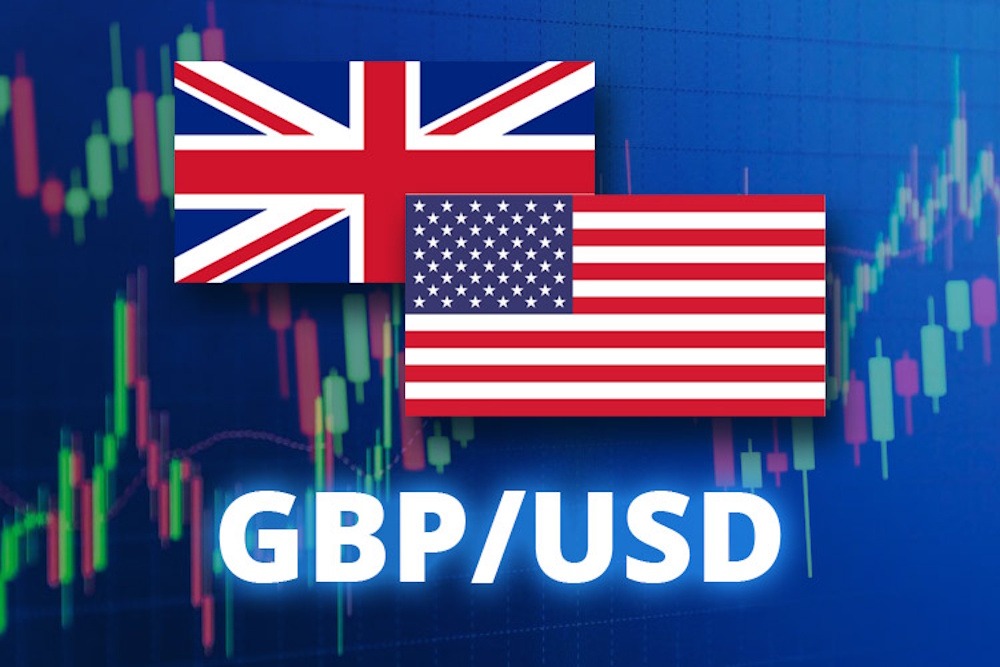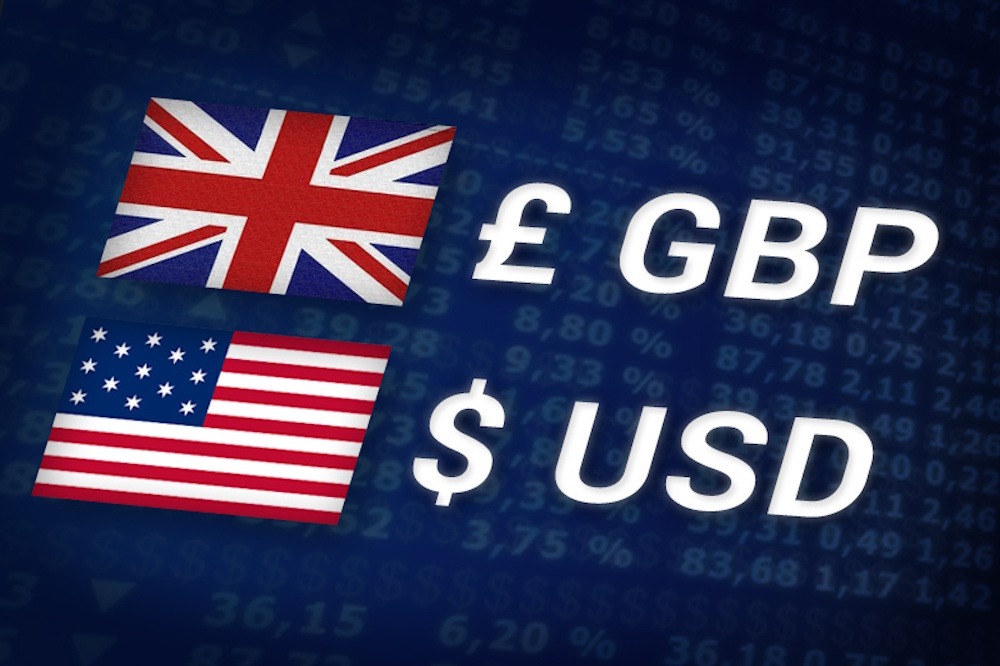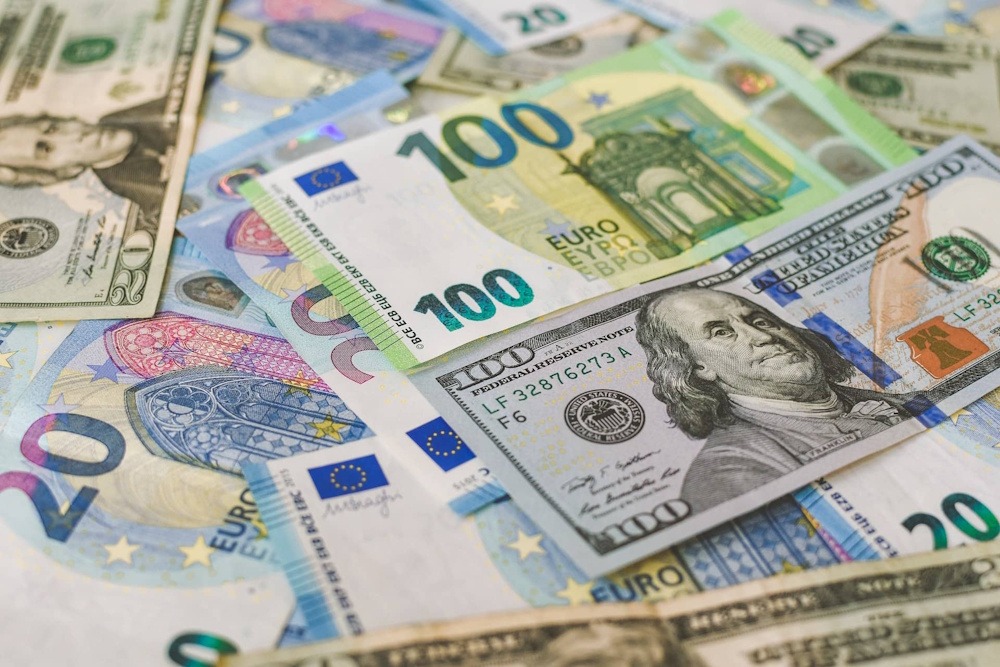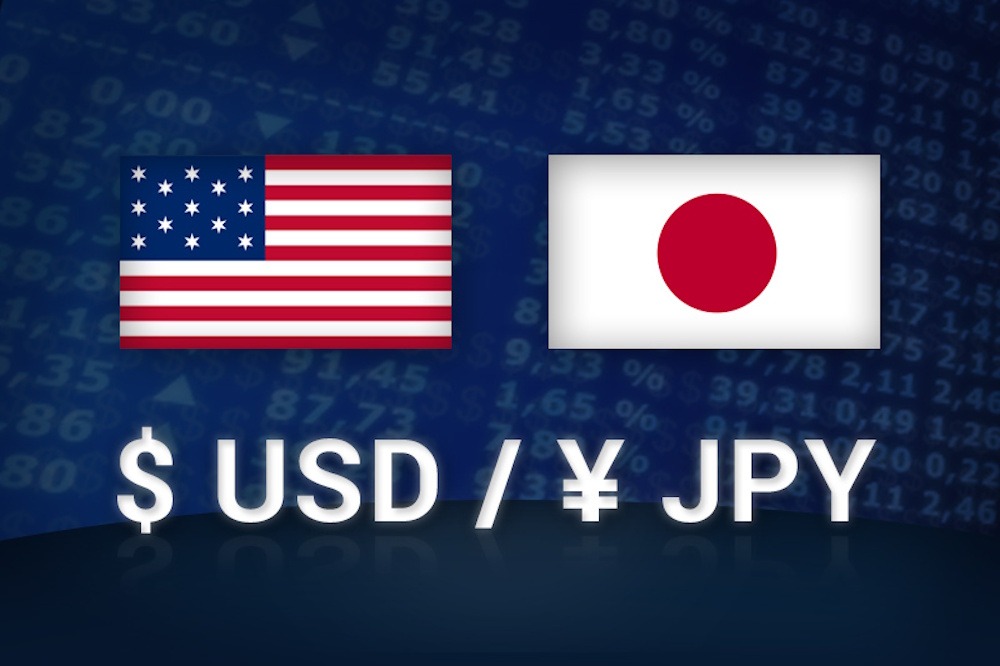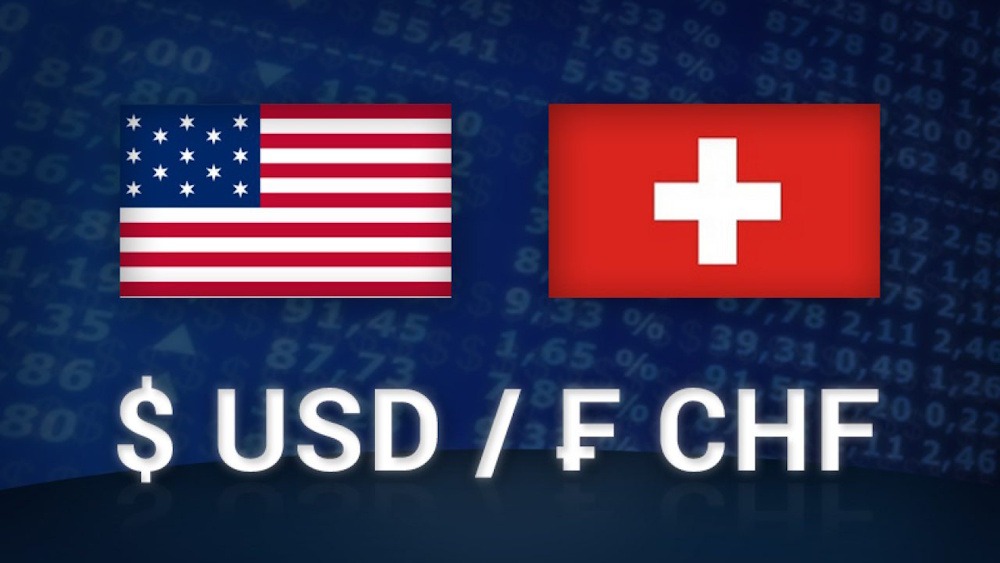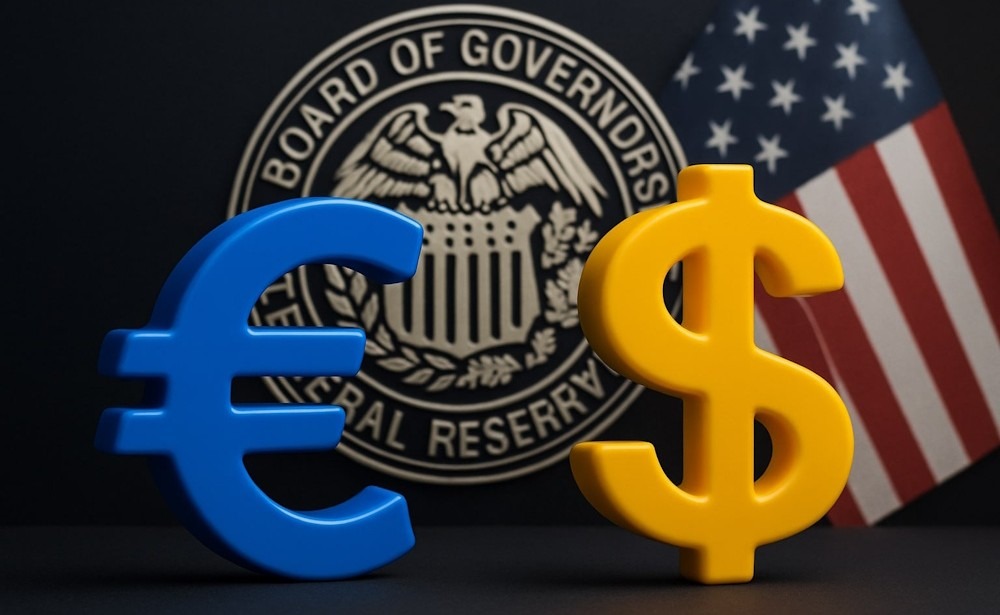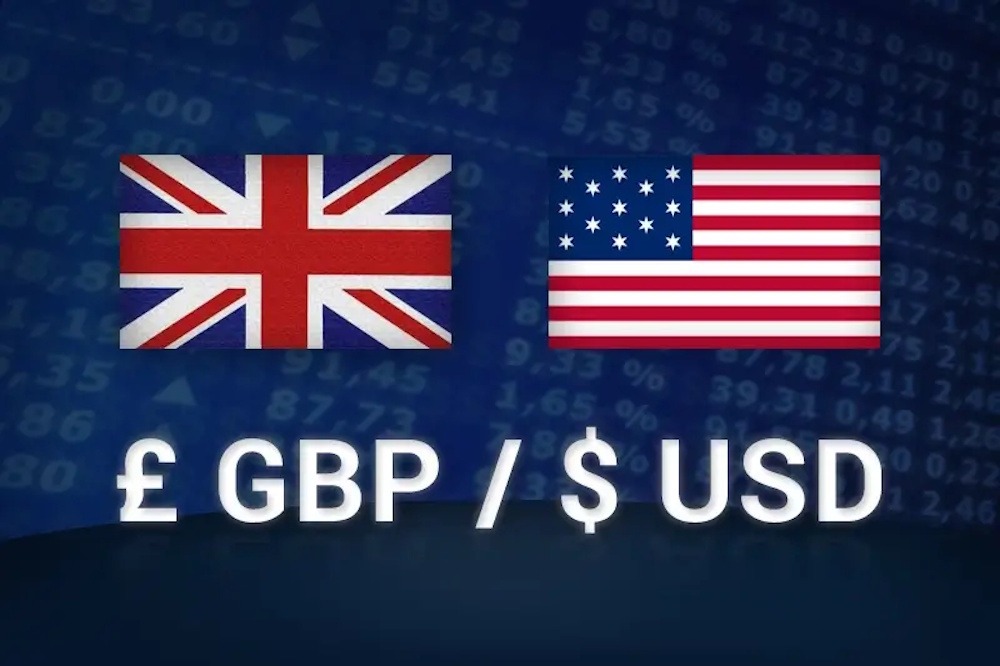EUR/USD Holds Steady at 1.1600 Amid Weekly Dip
The EUR/USD concluded Friday with a decline of 0.10%, yet the week wrapped up positively with an increase of 0.51%, as risk appetite waned due to rising speculation regarding a potential pause in the Federal Reserve’s easing cycle next month. Nonetheless, the pair concluded above the 1.1600 level, setting the stage for additional upward movement. … Read more

